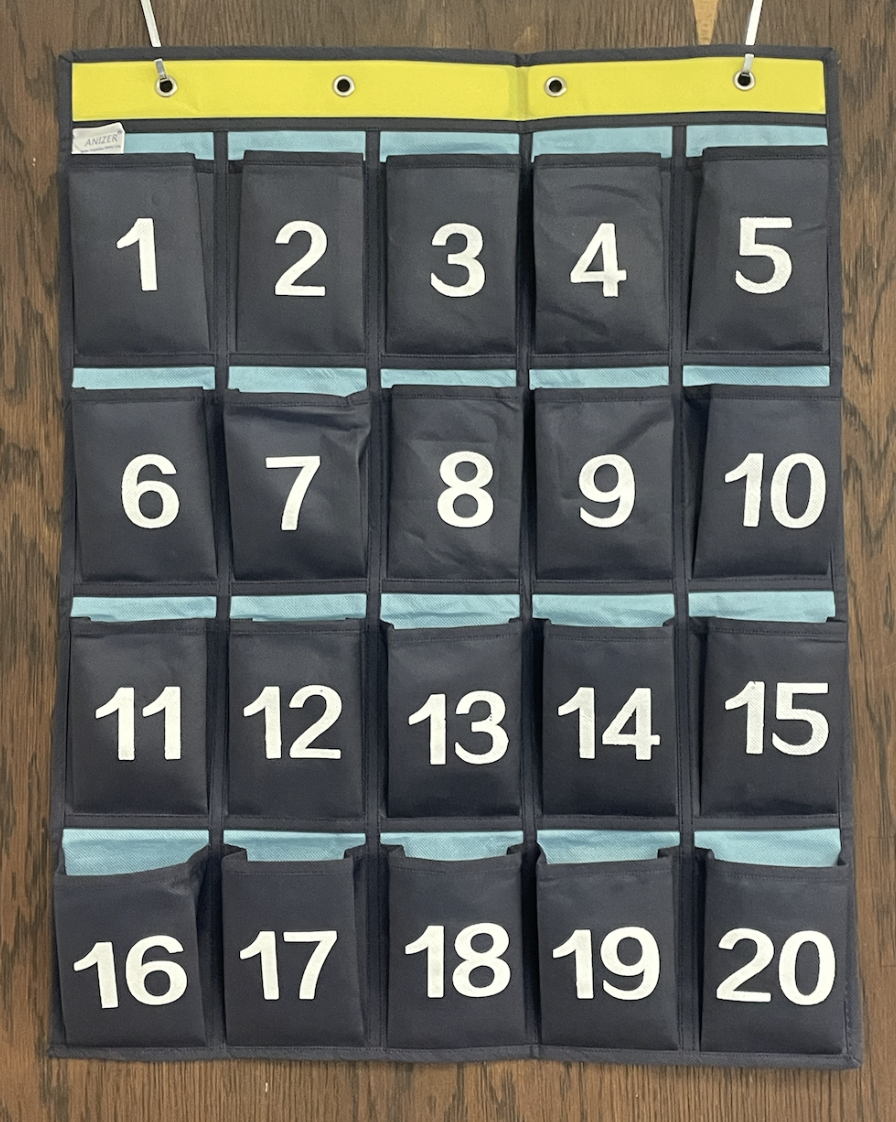Walk into any classroom in the Pascack Valley Regional High School District and you will see at least 15 Apple logos shining on open laptops. You will see a projector, a Smart Board or a teacher writing away on an interactive sketchpad. Whatever happened to chalkboards, pens and paper? They got lost somewhere in the development of technology. But who’s to say this loss was any loss at all?
Pascack Hills, which runs a 1:1 ratio between student and laptop, does not maintain the typical classroom setting seen across the country; however, a Hills classroom is a vision of what many schools could soon look like regarding the implementation of technology in education. Personal MacBook Air laptops allow students to have individualized learning experiences with insurmountable research and data literally at our fingertips. We communicate quickly and easily with teachers through email and organize our academic calendars through Canvas. Students are reliant on devices and their counterparts.
With the field of technology developing so quickly, it is interesting to think of what will become the chalkboards of the next generation. Things we rely on so heavily now could be easily replaced within the next couple of years with advances we will not be able to imagine living without. When, if ever, will the advances stop? And do we ever want them to?
Technology does, indeed, have its place in the classroom—we have seen its benefits first-hand. But we must be careful as to not infest the classroom with technology and rid school systems of their ultimate goal: prepare students to succeed in the world they will one day inherit. As new educational technology is developed, we want to make sure it never backfires to diminish students’ abilities to solve problems on their own. We must be cautious that allowing paperless, online classroom do not eventually render school districts “teacherless.” Too much technology has the power to diminish the need for human interaction—a vital skill in navigating the world post-academia.
Intellect is being able to create plausible ideas; social skill is the ability to effectively communicate them. It is when a person can create these ideas and verbalize them that he or she is truly intelligent. Introducing too much technology in the classroom has the potential to yield an intelligent generation that produces strong ideas but loses them behind a screen, lacking the social skills to unlock the technology that holds them captive.
So the final question still remains: regarding technology, how much is too much? Today, February 26, I attend the edSurge Superintendents Tech for Schools Summit to find clarity on this idea and explore what kinds of technology need to be created to enhance the classroom experience. I will be speaking with students, teachers and administrators who are contemplating the same issue. Hopefully, together, we can determine the types of technology that will be most beneficial for our students and find the right place in the sand to draw the line.











































